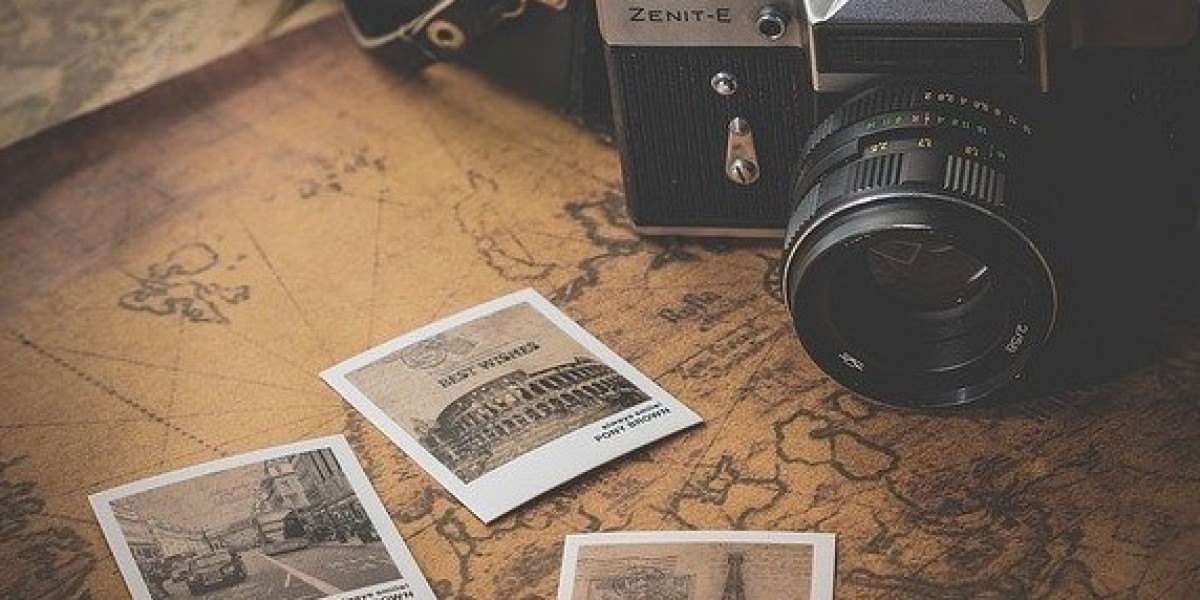What is Disposable Camera Film Developing?
Disposable camera film developing is the process of converting the exposed film inside the camera into tangible prints or digital files. Unlike digital cameras, disposable cameras use 35mm or APS film, which requires chemical processing to reveal the captured images. This process includes developing the film, scanning it, and optionally printing the photos.
Types of Disposable Camera Film
Before diving into the development process, it’s essential to understand the different types of film used in disposable cameras. The two most common types are:
- Color Negative Film (C-41 Process): This is the standard film used in most disposable cameras. It produces vibrant, color-rich images and is widely compatible with labs.
- Black and White Film: Ideal for artistic and vintage photography, black-and-white film uses a different chemical process than color film.
- Slide Film (E-6 Process): Although rare in disposable cameras, slide film creates high-contrast, vivid images and requires a specialized development process.
Knowing the type of film in your disposable camera helps you choose the appropriate development method.
How to Develop Disposable Camera Film
1. Choose a Development Method
There are two main options for developing your disposable camera film:
- Professional Film Labs: Most people opt for professional film labs for their expertise and high-quality results. You can drop off your camera at local photo labs, big-box retailers like Walmart or Walgreens, or even mail your camera to online film labs.
- Home Development: For enthusiasts, developing film at home is a rewarding option. However, it requires specific chemicals, equipment, and a darkroom setup.
2. Remove the Film from the Camera
If you choose professional development, the lab will handle this step for you. For home development, carefully remove the film cartridge from the camera. Use a film retrieval tool or manually open the disposable camera’s casing to extract the roll.
3. Chemical Processing
The film must be developed using the correct chemicals:
- C-41 Chemicals for color film.
- B&W Chemicals for black-and-white film.
- E-6 Chemicals for slide film.
This step involves soaking the film in developer, stop bath, and fixer solutions in a precise sequence and at specific temperatures.
4. Drying the Film
Once the chemical process is complete, hang the film in a dust-free environment to dry. Ensure proper ventilation to prevent streaks or watermarks on the negatives.
5. Scanning and Printing
After the negatives are dry, they can be scanned into digital files or printed on photographic paper. Most professional labs include scanning services, while home developers can use a film scanner for digitizing images.
Cost of Developing Disposable Camera Film
The cost of film development varies depending on the method and provider you choose:
- Local Photo Labs: $10–$20 per roll.
- Retail Stores: $12–$18 per roll.
- Online Labs: $15–$30, including shipping and scanning services.
- Home Development: Initial investment of $50–$100 for chemicals and equipment, but lower long-term costs.
Tips for Getting the Best Results
To ensure your developed photos turn out beautifully, follow these tips:
- Store Exposed Film Properly: Keep your disposable camera in a cool, dry place before developing. Heat and humidity can degrade the film quality.
- Check Expiration Dates: Expired film can produce unpredictable results, which can be artistic but may not meet your expectations.
- Use High-Quality Scanners: For home development, invest in a good film scanner for sharp, detailed images.
- Choose Professional Labs for Slide Film: If you’re using slide film, opt for labs specializing in E-6 processing for the best results.
Why Develop Disposable Camera Film?
Despite the convenience of digital photography, disposable cameras offer a unique charm that cannot be replicated. Developing the film unlocks the magic hidden inside each roll, transforming everyday moments into tangible memories. Whether you’re capturing a wedding, vacation, or casual outing, the anticipation of seeing your photos adds to the joy of the experience.
Environmental Impact of Disposable Cameras
While disposable cameras provide nostalgic value, they are not the most eco-friendly option. Here are some ways to minimize their environmental impact:
- Recycle the Camera Body: Many photo labs and manufacturers offer recycling programs for disposable cameras.
- Reuse Film Canisters: For home developers, film canisters can be repurposed for other uses.
- Switch to Reusable Film Cameras: Consider transitioning to reusable film cameras, which provide similar benefits without generating as much waste.
Conclusion
Developing film from disposable cameras is a rewarding process that brings your captured memories to life. Whether you choose professional labs or venture into home development, understanding the steps involved ensures the best results. With a little care and attention, your film photos can become cherished keepsakes for years to come.
Naijamatta is a social networking site,
download Naijamatta from Google play store or visit www.naijamatta.com to register. You can post, comment, do voice and video call, join and open group, go live etc. Join Naijamatta family, the Green app.
Click To Download
